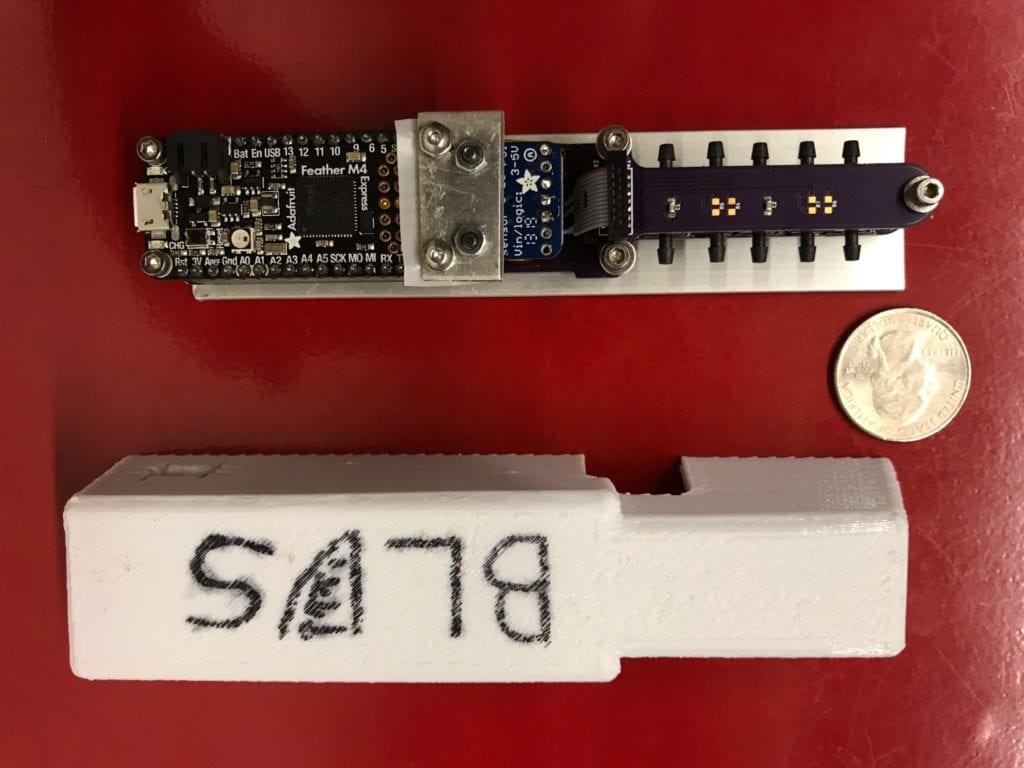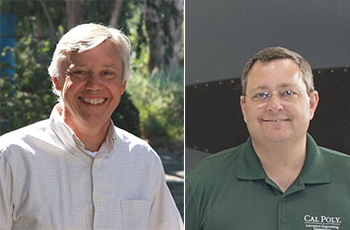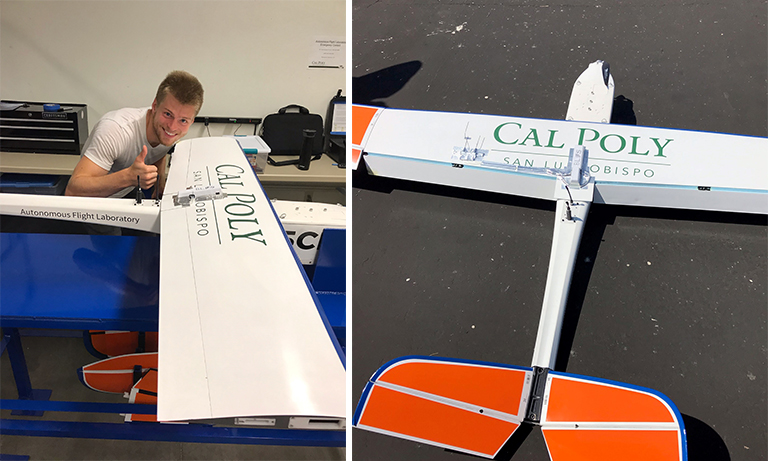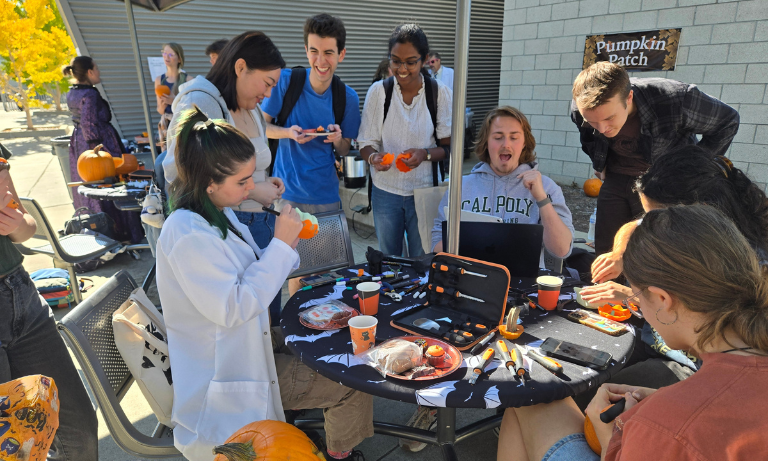By Aaron Drake and Russ Westphal
Cal Poly’s Autonomous Flight Lab (AFL), in cooperation with the Boundary Layer Data System (BLDS) project, has successfully conducted the first flight of a new, smaller and lighter, next-generation flight test instrument family. The new instrument family, to be called Flight Test Data System (FTDS), represents the first major revision of the existing BLDS in a decade. The new FTDS family uses smaller, lighter, lower-power components, more on-board non-volatile data storage, and will include both flow and—new for the project—non-flow sensors (strain, temperature, acoustic, acceleration). FTDS will be applicable to a much broader range of test requirements than BLDS, including smaller, lighter, unmanned, aircraft applications. The flight test marked the first milestone of a planned long-term collaboration between the AFL and BLDS project aimed at development of a next-generation low-cost flight test capability.
The flight test program was conducted during August 2019 at the Cal Poly-owned Experimental Flight Range, located near Cuesta College. Luke Bodkin (AFL) was Test Director, and Max Emerick (BLDS) was responsible for payload integration—installing, operating, and interpreting results. The AFL’s Altavian NOVA aircraft, operating under FAA Part 107 regulations, was the test airplane. The airplane features a 10 ft wingspan, and can fly fully autonomously. Three flights were conducted, progressing from less to more challenging configurations, resulting in successful acquisition of skin friction measurements for all flight conditions.

The new instrument used for the testing was one of several FTDS prototypes currently in development, and the first of the prototypes to fly. Informally called “PressureWing” by its originator, ME Master’s student Charlie Refvem, it provides sensors and storage to measure skin friction at up to five locations on an aircraft in flight. It is the smallest and lightest instrument yet assembled by the BLDS team, and incorporates a novel configuration that stacks components to the maximum possible extent. Following Mr. Refvem’s initial design, programming, and assembly work in 2018, ME senior Max Emerick completed the programming and conducted an extensive performance evaluation leading him to add a number of enhancements in collaboration with Mr. Refvem. An improved Pressurewing, with 10 sensors, has also been designed.
Several other prototype instruments based on the FTDS architecture have been designed, assembled and programmed, and are now in various stages of benchtop and wind tunnel testing. These efforts followed initial work by student Isabel Jellen in 2017, who demonstrated the feasibility of meeting FTDS requirements with a clean sheet approach using the latest hardware. These new FTDS instruments enable acoustic measurements with MEMS microphones (student: Andy Wu), wide-range static/ dynamic pressure measurements (student: Marc Goupil), and quasi-static/ dynamic strain measurements (student: Zach Wilson). Next step: flight!

Dr. Aaron Drake, AFL Director


